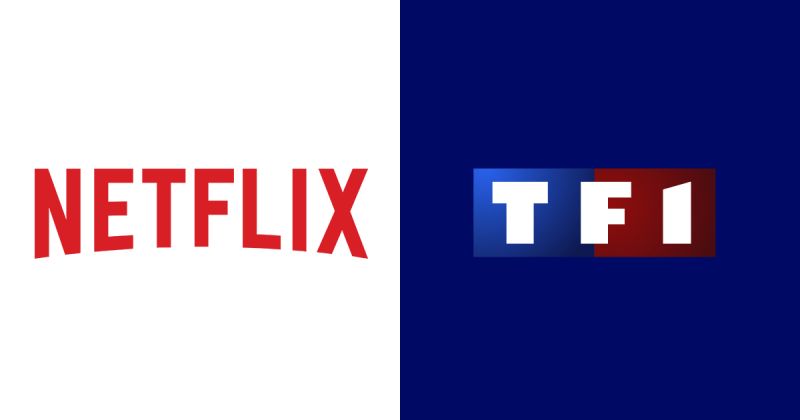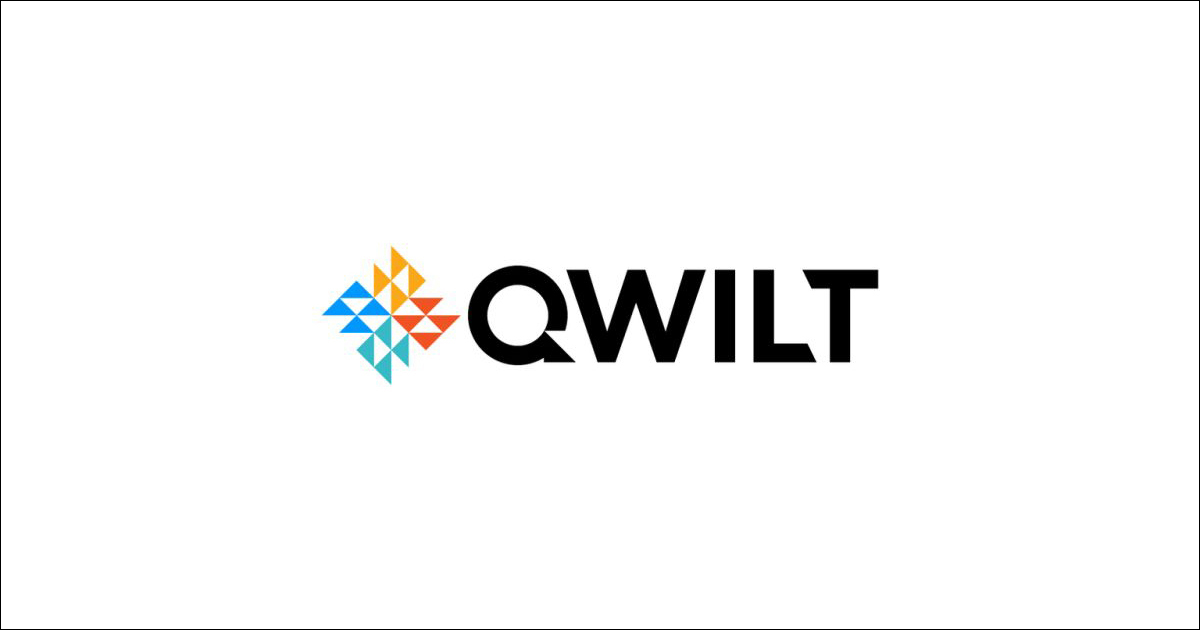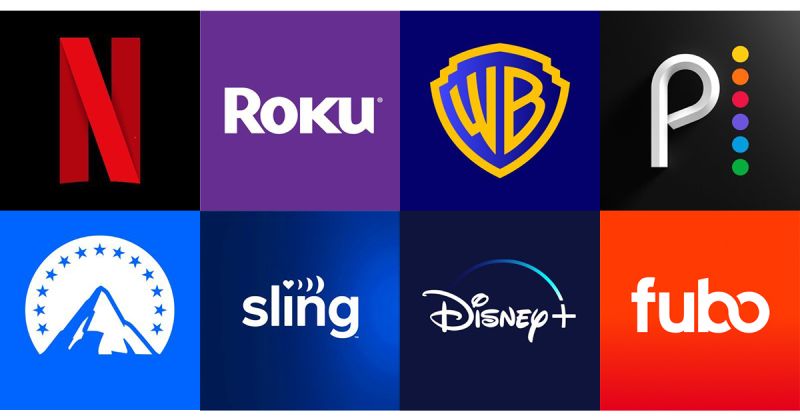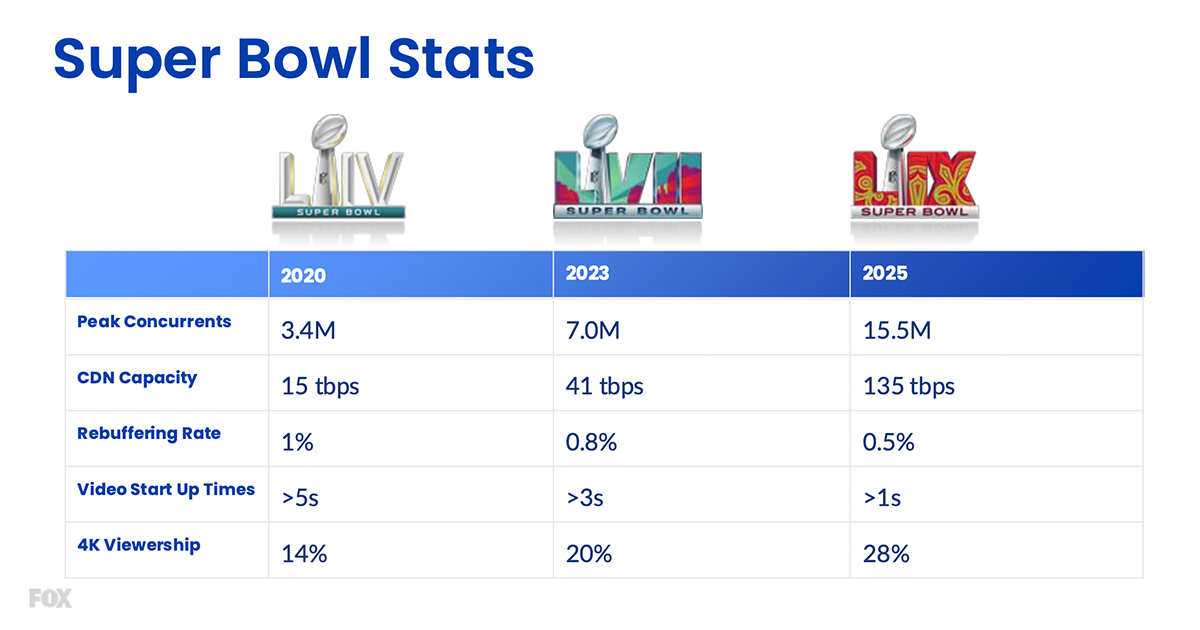Q1 2025 CDN Pricing Survey Data Now Available For Purchase
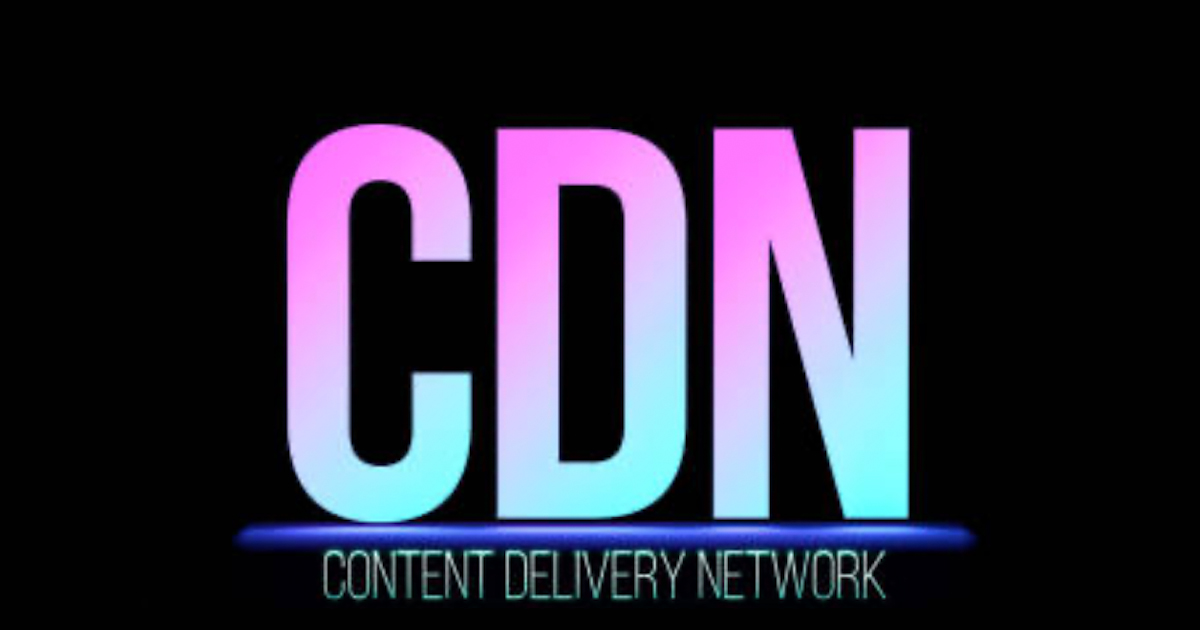
[Update June 30, 2025: Special CDN Podcast: The Latest on Delivery Pricing, Capacity Planning, DIY, Latency and Bitrate Trends]
My Q1 survey on CDN pricing is complete, with 704 customers disclosing the price they pay per GB delivered, as well as the decline in their pricing since their last contract. Respondents also detailed their overall delivery spend trends, the length of their contract, their expected traffic growth or decline this year, how they bundle delivery with other services, and other relevant contract details.
The raw data, without any customer information, is available for purchase. Please let me know if you are interested in more details. Of all the content I create, this is the only content for which I charge. Starting in 2008 and for 12 years thereafter, I provided all pricing data for free, two to four times per year. [See: this link]
A few years ago, I started charging for the data, as many customers, vendors, and Wall Street professionals relied heavily on it as a vital part of their decision-making processes. I’m glad that many recognize the value of the data and the process I’ve developed over the past 17 years to gather it.
Soon, I will write a blog post that recaps some of the highlights of the data, but it won’t break out the price per GB paid, based on deal sizes, commits, regions, and all the other specifics tied to CDN contracts. That said, my phone number has always been listed on LinkedIn, my blog, personal website, etc. It costs nothing to speak with me if you have any questions about the CDN market, including vendors, pricing, market drivers and restraints, market size, DIY deployments, multi-CDN strategies, QoE measurement, live event capacity planning, and related topics. Please feel free to reach out anytime. 917-523-4562


